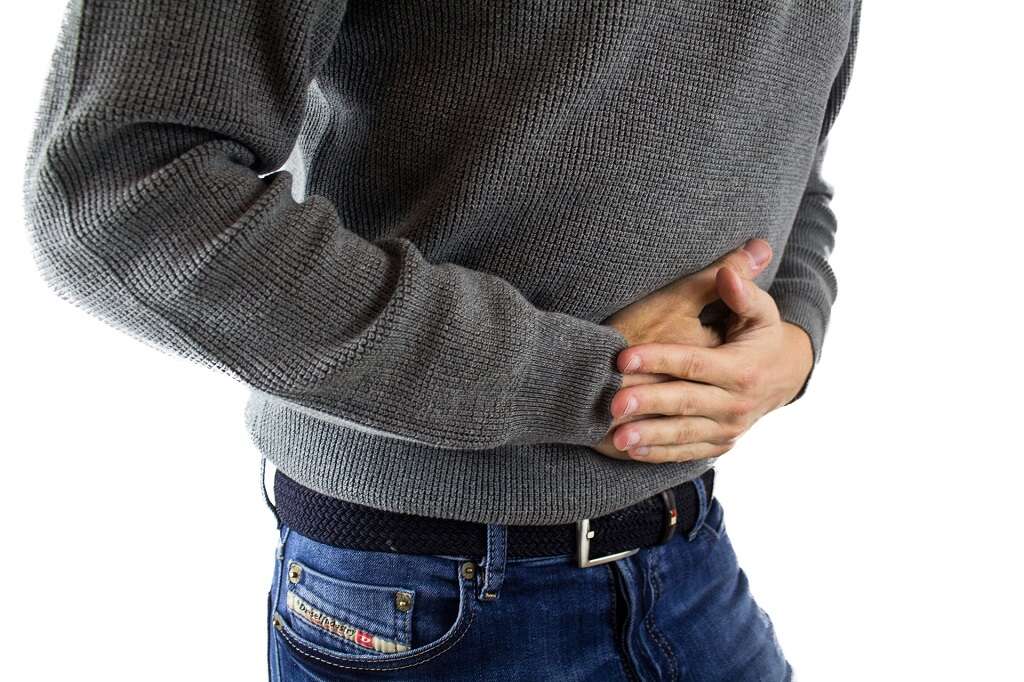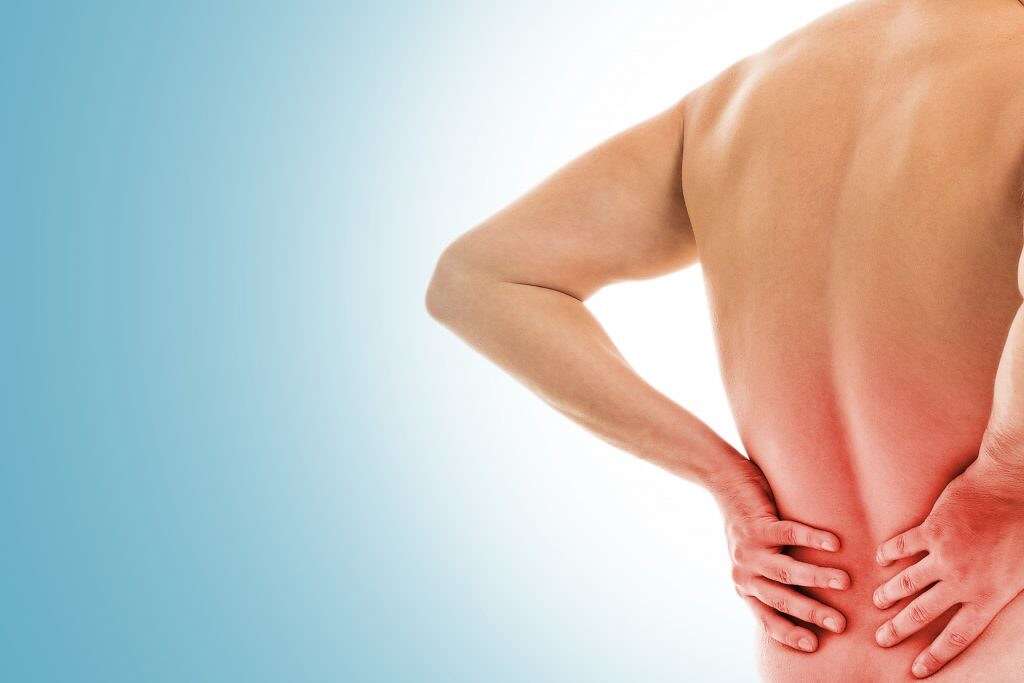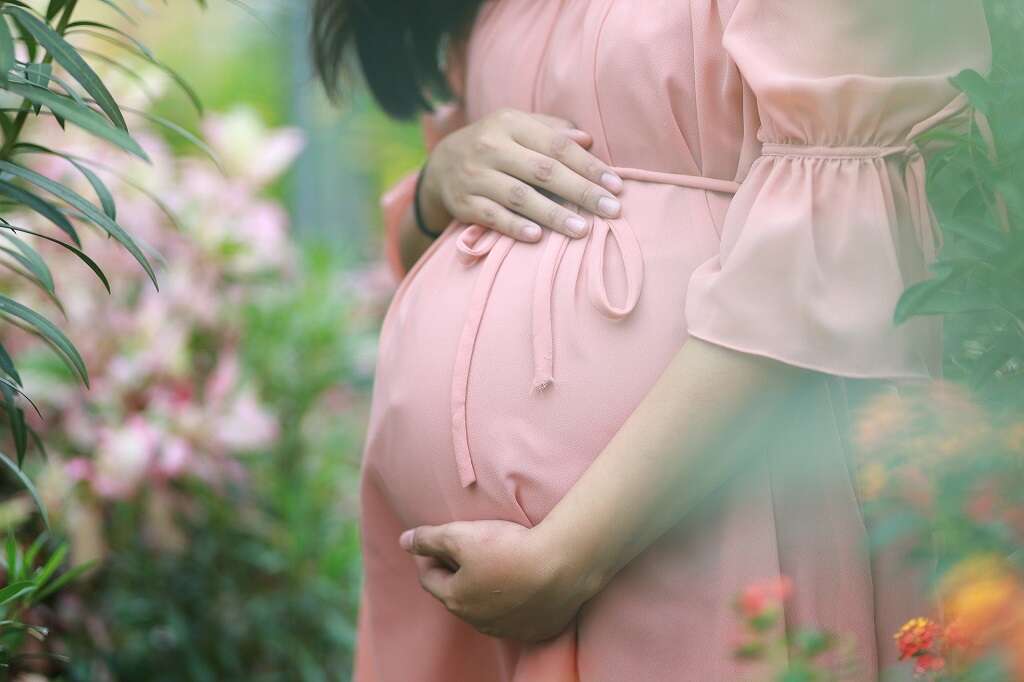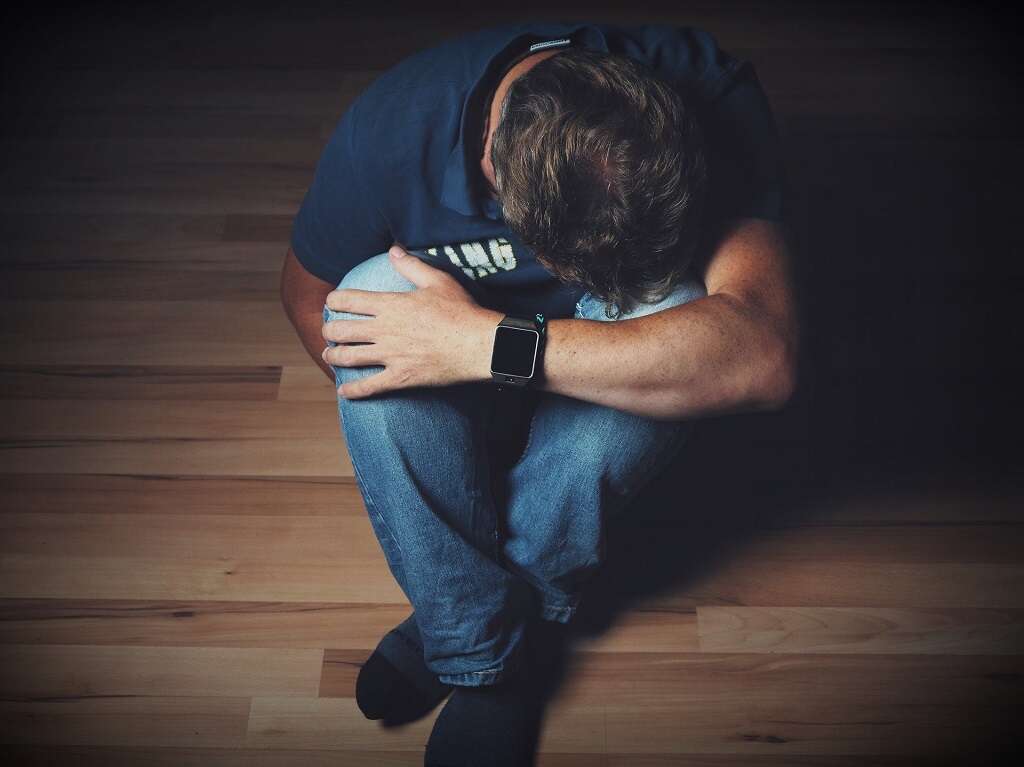10 Common Causes of Right Side Pain
 Article Sources
Article Sources
- 1. Rull, Dr Gurvinder. 'Right Upper Quadrant (RUQ) Pain - Symptoms, Diagnosis and Investigations.' Patient.info, 25 Jan. 2019, patient.info/doctor/right-upper-quadrant-pain
- 2. 'Appendicitis.' Mayo Clinic, Mayo Foundation for Medical Education and Research, 24 May 2019, www.mayoclinic.org/diseases-conditions/appendicitis/symptoms-causes/syc-20369543
- 3. 'Gas in the Digestive Tract.' Johns Hopkins Medicine, www.hopkinsmedicine.org/health/conditions-and-diseases/gas-in-the-digestive-tract
- 4. 'Kidney Infection.' Mayo Clinic, Mayo Foundation for Medical Education and Research, 26 Aug. 2020, www.mayoclinic.org/diseases-conditions/kidney-infection/symptoms-causes/syc-20353387
- 5. 'Irritable Bowel Syndrome (IBS).' National Institute of Diabetes and Digestive and Kidney Diseases, U.S. Department of Health and Human Services, www.niddk.nih.gov/health-information/digestive-diseases/irritable-bowel-syndrome
- 6. 'CDC -What Is Inflammatory Bowel Disease (IBD)? - Inflammatory Bowel Disease - Division of Population Health.' Centers for Disease Control and Prevention, Centers for Disease Control and Prevention, 22 Mar. 2018, www.cdc.gov/ibd/what-is-IBD.htm
- 7. 'Ovarian Cysts.' Womenshealth.gov, 1 Apr. 2019, www.womenshealth.gov/a-z-topics/ovarian-cysts
- 8. 'Ectopic Pregnancy.' ACOG, www.acog.org/womens-health/faqs/ectopic-pregnancy
- 9. 'Ovarian Torsion.' Yale Medicine, Yale Medicine, 11 Nov. 2019, www.yalemedicine.org/conditions/ovarian-torsion
- 10. 'Inguinal Hernia: Types, Symptoms, Diagnosis & Treatments.' Cleveland Clinic, my.clevelandclinic.org/health/diseases/16266-inguinal-hernia
- 11. 'Gallbladder Disease.' Johns Hopkins Medicine, www.hopkinsmedicine.org/health/conditions-and-diseases/gallbladder-disease
Pain on the right side of the body may develop due to minor or serious issues. To determine the cause of right-side pain, a physician reviews the person's history and conducts an examination. They're likely to ask if the pain is in the upper or lower quadrant of the abdomen and if the pain occurred suddenly, is chronic or radiates. They may also ask about any associated symptoms, such as recent weight loss, urinary symptoms or bowel issues.
Various tests may help pinpoint the exact issue. Urinalysis, blood tests, chest X-rays, MRIs and colonoscopies are some diagnostic tools the provider may use.1Rull, Dr Gurvinder. ‘Right Upper Quadrant (RUQ) Pain - Symptoms, Diagnosis and Investigations.’ Patient.info, 25 Jan. 2019, patient.info/doctor/right-upper-quadrant-pain

Appendicitis
Pain that begins suddenly near the navel and migrates to the lower right abdomen may be a sign of appendicitis. The pain may increase when the person coughs, sneezes or takes deep breaths. Other symptoms may include nausea and vomiting, abdominal bloating, constipation or diarrhea, decreased appetite and low-grade fever.
Appendicitis occurs because of the inflammation of the appendix lining, usually caused by an infection. As the inflammation worsens, mild symptoms may become more severe. Surgery is necessary to remove the appendix before it ruptures and spreads infection throughout the abdomen.2‘Appendicitis.’ Mayo Clinic, Mayo Foundation for Medical Education and Research, 24 May 2019, www.mayoclinic.org/diseases-conditions/appendicitis/symptoms-causes/syc-20369543

Gas
Gas in the digestive tract may cause pain in the right side of the abdomen. Accompanying symptoms may include belching, flatulence and bloating. Gas pains may only occur occasionally. Dietary or medication changes may alleviate chronic gas pain issues, but sometimes gas pains are signs of more serious conditions. If gas pains persist, a medical evaluation may be wise.
To diagnose the cause of gas pains, the physician may review the person's diet. Tests may include X-rays, sigmoidoscopy, colonoscopy and an upper GI series.3‘Gas in the Digestive Tract.’ Johns Hopkins Medicine, www.hopkinsmedicine.org/health/conditions-and-diseases/gas-in-the-digestive-tract

Kidney Infection
Pain that occurs on the right side, back, abdomen or groin may be a sign of a kidney infection. Fever, chills, nausea and vomiting may be present. The person may feel the need to urinate frequently, and passing urine may produce a burning sensation and cloudy or bloody urine with a foul odor.
Prompt medical attention is necessary to prevent kidney damage and the spread of infection into the bloodstream, where it may cause a life-threatening infection. Physicians administer antibiotics to resolve kidney infections.4‘Kidney Infection.’ Mayo Clinic, Mayo Foundation for Medical Education and Research, 26 Aug. 2020, www.mayoclinic.org/diseases-conditions/kidney-infection/symptoms-causes/syc-20353387

Irritable Bowel Syndrome (IBS)
Right-side abdominal pain may be related to irritable bowel syndrome or IBS. Doctors aren't sure what causes IBS. Diarrhea, constipation or both may occur, and there are no visual changes in the digestive tract. Doctors may order tests to rule out other disorders.
Dietary changes, including increasing fiber intake, avoiding certain foods or following a low FODMAP diet, may help manage IBS. Using probiotics, adjusting medications and seeking mental health therapies may also be helpful.5‘Irritable Bowel Syndrome (IBS).’ National Institute of Diabetes and Digestive and Kidney Diseases, U.S. Department of Health and Human Services, www.niddk.nih.gov/health-information/digestive-diseases/irritable-bowel-syndrome

Inflammatory Bowel Disease (IBD)
Pain on the right side may be due to Inflammatory bowel disease or IBD. The term encompasses two autoimmune conditions that cause inflammation in the gastrointestinal tract: Crohn's disease and ulcerative colitis. Long-term inflammation damages the gastrointestinal tract. Symptoms include abdominal pain, persistent diarrhea, bloody stools, fatigue and weight loss.
To diagnose IBD, blood and stool tests, endoscopy or colonoscopy and imaging tests may be necessary. Medications are available to manage IBD, but sometimes damaged portions of the gastrointestinal tract must be surgically removed.6‘CDC -What Is Inflammatory Bowel Disease (IBD)? - Inflammatory Bowel Disease - Division of Population Health.’ Centers for Disease Control and Prevention, Centers for Disease Control and Prevention, 22 Mar. 2018, www.cdc.gov/ibd/what-is-IBD.htm

Ovarian Cyst
An ovarian cyst is a fluid-filled sac in or on the ovary. They often are asymptomatic but can cause sharp or dull intermittent abdominal pain on the side of the affected ovary, especially when they become large. Other possible symptoms include weight gain, breast tenderness, frequent urination and pain during intercourse.
Ovarian cysts often resolve without treatment, but if they grow larger, look unusual on an ultrasound or cause pain, they may require surgical removal. An ovarian cyst sometimes ruptures, requiring immediate medical care.7‘Ovarian Cysts.’ Womenshealth.gov, 1 Apr. 2019, www.womenshealth.gov/a-z-topics/ovarian-cysts

Ectopic Pregnancy
Pain or cramping on one side of a woman's pelvis may be an early sign of an ectopic pregnancy, a pregnancy in which the fertilized egg grows in a fallopian tube. Other symptoms may include abnormal vaginal bleeding and low back pain.
As the pregnancy progresses, the fallopian tube may burst, causing sudden, severe abdominal pain, weakness, dizziness and fainting. If an ectopic pregnancy is detected early, a physician will end the pregnancy using medications or surgery.8‘Ectopic Pregnancy.’ ACOG, www.acog.org/womens-health/faqs/ectopic-pregnancy

Ovarian Torsion
Sudden, intense pain on one side of the female pelvis may be a sign of ovarian torsion. This occurs when the ovary, and sometimes, the fallopian tube, twists on the surrounding tissues, restricting blood supply to the ovary. Prompt surgery is necessary to address ovarian torsion.
This condition usually affects women in their reproductive years, but girls may develop ovarian torsion as well. In addition to pain, symptoms may include nausea, vomiting and cramping.9‘Ovarian Torsion.’ Yale Medicine, Yale Medicine, 11 Nov. 2019, www.yalemedicine.org/conditions/ovarian-torsion

Inguinal Hernia
Pain and bulging on one or both sides of the groin may be a sign of an inguinal hernia, a protrusion of tissue through a weak area in the abdominal muscles. This condition may be congenital, but it usually develops over time, often affecting men. Weakness, heaviness or burning in the groin may accompany the pain and bulging, and the scrotum may be swollen.
A physician may use massage to manipulate the tissue back into place. If that doesn't work, surgery may be necessary.10‘Inguinal Hernia: Types, Symptoms, Diagnosis & Treatments.’ Cleveland Clinic, my.clevelandclinic.org/health/diseases/16266-inguinal-hernia

Gallbladder Disease
Pain in the upper right abdomen near the ribcage is a possible sign of gallbladder issues. The pain may radiate to the upper back, fever and chills may develop, and nausea and vomiting may occur. Infection or inflammation of the gallbladder, gallstones or a blockage in the gallbladder may cause these symptoms.
Doctors use blood tests and imaging tests to diagnose gallbladder disease. In many cases, surgical removal of the gallbladder is recommended to resolve the symptoms.11‘Gallbladder Disease.’ Johns Hopkins Medicine, www.hopkinsmedicine.org/health/conditions-and-diseases/gallbladder-disease











